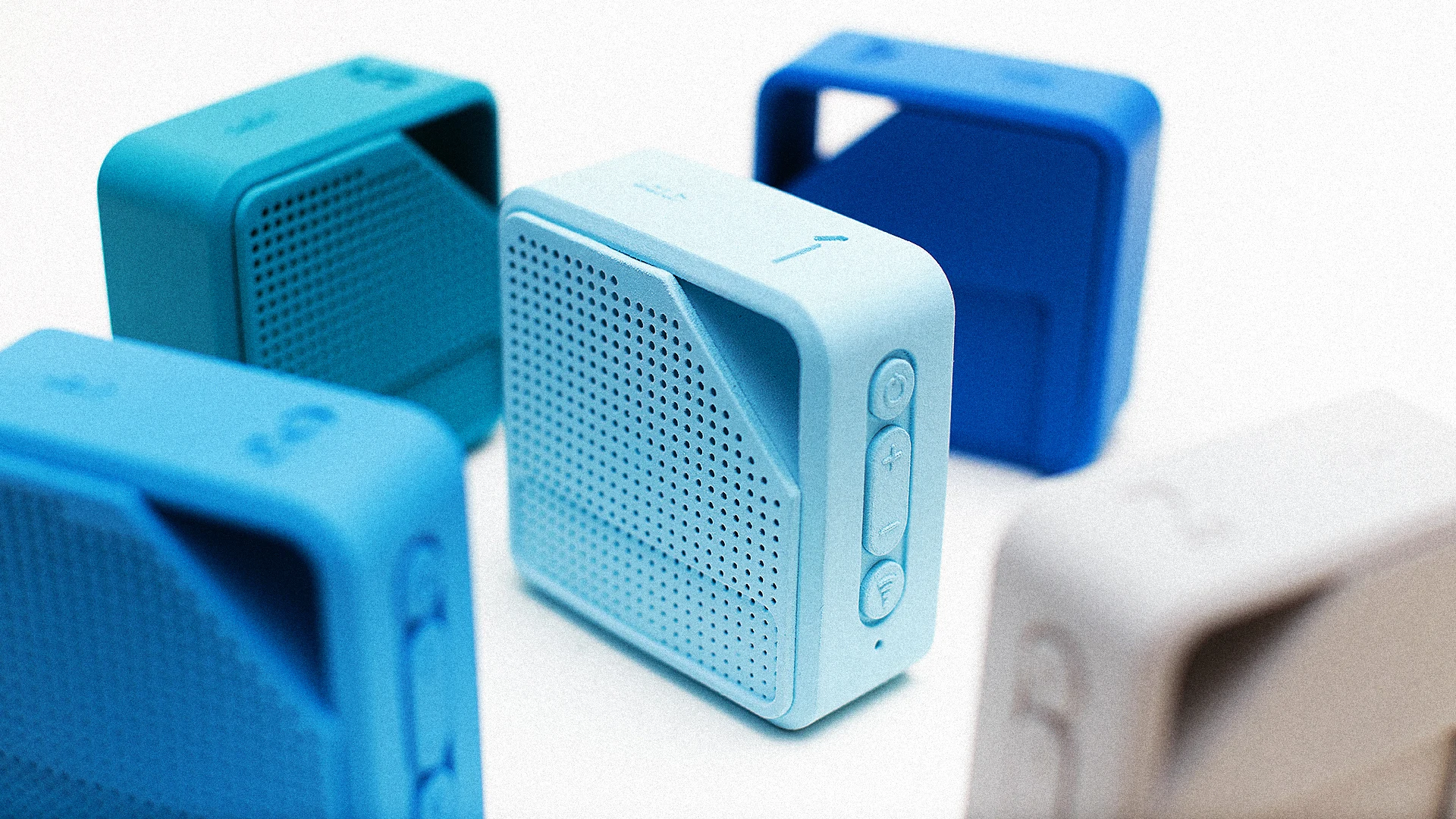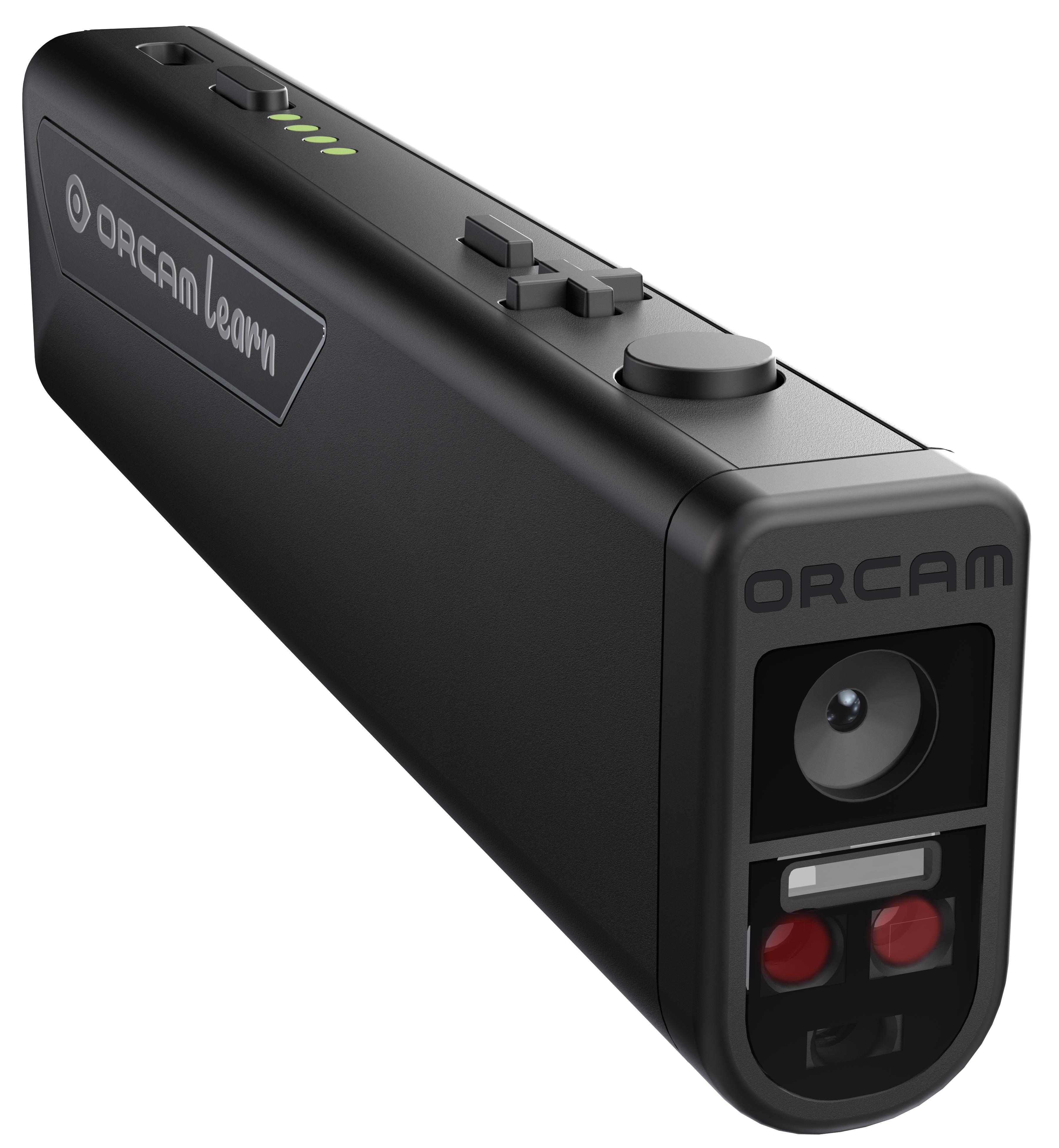Screen Readers for the Blind: Essential Solutions for Digital Access
Wiki Article
Enhancing Lives With Advanced Assistive Tools for the Blind
The integration of innovative assistive tools for the blind is transforming just how individuals experience their environments and engage with their areas. Technologies such as increased fact wise glasses and advanced electronic travel aids not only facilitate navigation yet additionally improve total quality of life. These innovations cultivate a sense of autonomy and self-efficacy amongst individuals, allowing them to embark on day-to-day jobs with newly found confidence. The ramifications of these advancements extend beyond simple performance; they test social perceptions of impairment and independence. What does this evolution mean for the future of assistive technology and its function in empowering people?Summary of Assistive Devices
Assistive devices for the blind include a diverse range of tools and technologies made to improve freedom and enhance the lifestyle for people with visual impairments. These tools satisfy various demands, from navigating and wheelchair to communication and everyday job monitoring.One of the main categories of assistive tools includes wheelchair help, such as white canes and guide pet dogs, which aid individuals browse their environments safely. Digital travel aids, furnished with sensing units and audio responses, also play a considerable function in movement enhancement.
Furthermore, devices that help with everyday living activities, such as flexible kitchen area tools, Braille tags, and chatting watches, equip individuals to perform jobs separately. Communication aids, consisting of screen viewers and Braille display screens, facilitate access to info and enable people to engage successfully with the digital world.
Furthermore, low-tech services like multiplying glasses and large-print materials continue to be important for numerous customers. Collectively, these assistive gadgets offer not only as functional tools but likewise as important enablers of freedom, cultivating better participation in a world that often prioritizes sighted experiences. Their combination into day-to-day life is important for advertising inclusivity and enhancing overall health for those with visual impairments.
Innovative Technologies in Usage
Technology in innovation has dramatically changed the landscape of tools available for people with visual problems. Among one of the most remarkable improvements are smart glasses integrated with increased reality, which offer real-time navigation help and object acknowledgment. These tools leverage progressed cams and synthetic intelligence to supply acoustic hints, boosting the customer's spatial understanding and freedom.Furthermore, mobile applications have become effective sources, making it possible for users to recognize money, read message aloud, and browse strange settings via spoken instructions. Tools such as Braille displays and refreshable Braille tools remain to evolve, offering smooth connectivity with computers and smart devices, therefore improving communication and accessibility to information.
Wearable technology, consisting of smartwatches geared up with voice-activated functions, additionally encourages individuals by assisting in fast accessibility to notices and signals without requiring visual involvement. Responsive maps and 3D printing are also gaining grip, offering concrete representations of areas that help in positioning and mobility training.
Jointly, these ingenious technologies not just boost the day-to-days live of aesthetically impaired individuals yet also foster greater self-reliance, inclusivity, and involvement with the broader neighborhood, thereby reshaping perceptions of access. (Speech-to-text devices for low vision)
Individual Stories of Empowerment
Empowerment usually emerges from personal experiences that highlight the transformative influence of modern technology on individuals with aesthetic problems. Take, for instance, the story of Sarah, a young musician who regained her passion for paint with the use of a wise cane furnished with obstacle discovery. This device not only facilitated her movement however instilled a newfound confidence, enabling her to navigate public areas separately and pursue her creative ventures.
These stories emphasize the profound effects that progressed assistive devices can carry every day life. By enabling people to overcome obstacles, innovation cultivates a feeling of autonomy and self-respect. Such empowerment tales work as a testimony to the possibility of innovation, highlighting just how the right tools can considerably enhance top quality of life and open doors to new possibilities for those with aesthetic disabilities.
Advantages of Advanced Solutions
The assimilation of innovative modern technology right into assistive devices substantially transforms day-to-day experiences for those affected by vision loss. Voice-activated assistive devices. Tools such as smart canes equipped with sensors, navigation applications, and wearable innovation are made to give real-time comments, improving spatial understanding and decreasing the dangers linked with movement.
Moreover, progressed assistive innovations cultivate social incorporation by promoting communication and interaction. Voice-activated tools and applications permit people to access information and involve with their surroundings individually, breaking barriers that formerly impeded their participation in academic, professional, and social setups.
In addition, the personalization and flexibility of these solutions satisfy the diverse requirements of individuals, thereby enhancing their total top quality of life. Boosted functionality, such as object acknowledgment and text-to-speech abilities, empowers people with visual disabilities to do tasks that they might have when found challenging. Ultimately, progressed assistive modern technologies not just boost freedom and safety however likewise advertise self-respect and self-respect, enabling individuals to lead meeting lives.
Future Patterns in Assistive Tech
As technology proceeds to advance, the landscape of assistive tools for the blind is positioned for exceptional innovations that will certainly additionally enhance availability and freedom. Emerging trends in assistive modern technology suggest a change towards boosted assimilation of expert system (AI) and equipment understanding, making it possible for tools to adapt to individual customer needs in real-time. These advancements are anticipated to promote even more instinctive navigation systems that can recognize challenges and offer audio comments, considerably enhancing outside flexibility.Additionally, the development of wearable tech, such as wise glasses outfitted with increased fact, will permit customers to receive contextual info about their surroundings, therefore enhancing their spatial understanding. Improvements in haptic modern technology guarantee to produce tactile feedback tools, enabling users to perceive information via touch, enhancing knowing and communication with their atmosphere.
Telecommunication advances are additionally leading the way for remote assistance options, where experienced professionals can provide support through video clip phone calls, making certain assistance is readily easily accessible. As these trends unfold, the future of assistive gadgets for the blind will unquestionably foster greater autonomy, equipping people to browse their globe with self-confidence and simplicity.

Conclusion
The combination of advanced assistive tools for the blind stands for a substantial advancement in fostering independence and improving top quality of life. By making use of ingenious technologies, these devices encourage customers to navigate their settings with greater self-confidence and freedom. As the field remains to progress, recurring research and advancement will likely yield much more advanced services, further changing the lived experiences of individuals with visual disabilities and promoting a higher feeling of incorporation within culture.
The combination of advanced assistive devices for the blind is changing how individuals experience Voice-activated assistive devices their surroundings and interact with their neighborhoods. The combination of sophisticated modern technology into assistive tools considerably changes daily experiences for those affected by vision loss.As modern technology proceeds to advance, the landscape of assistive devices for the blind is positioned for impressive developments that will additionally improve accessibility and freedom. Emerging fads in assistive technology show a change toward increased combination of fabricated knowledge (AI) and maker knowing, allowing gadgets to adjust to individual user needs in real-time.The assimilation of sophisticated assistive devices for the blind represents a significant advancement in promoting independence and improving quality of life.
Report this wiki page